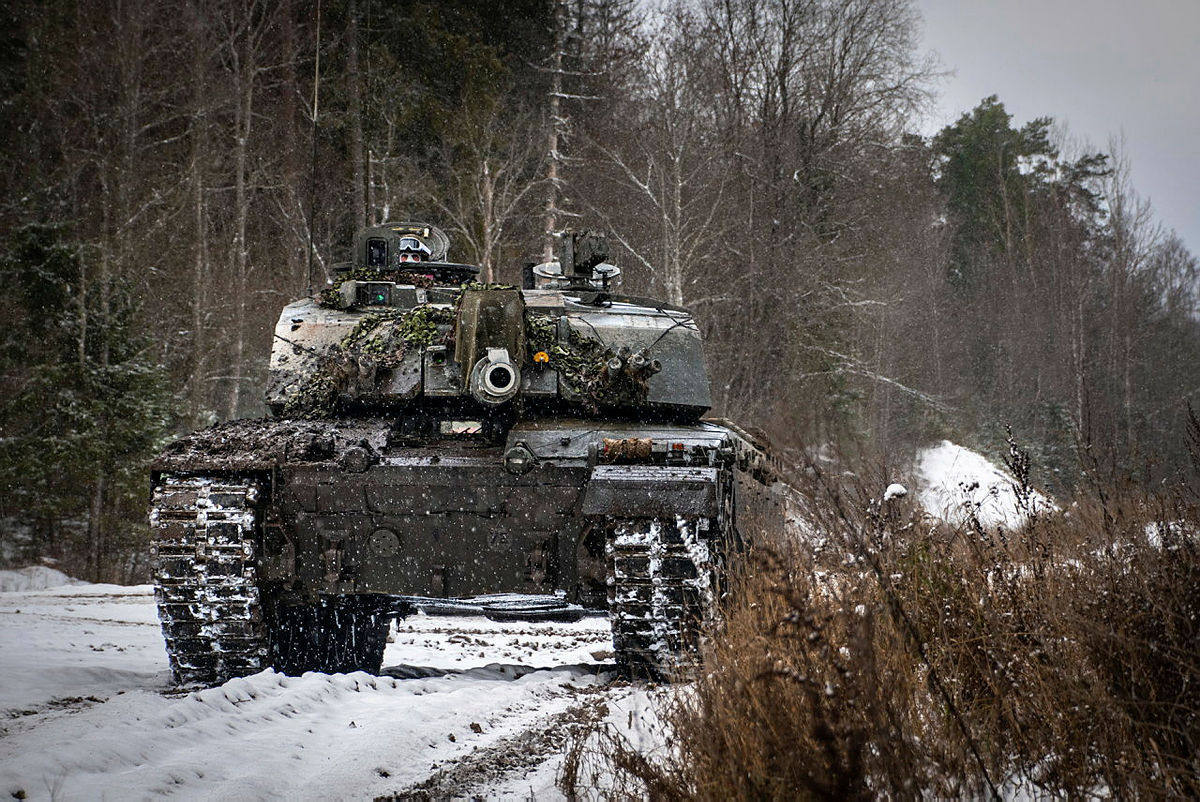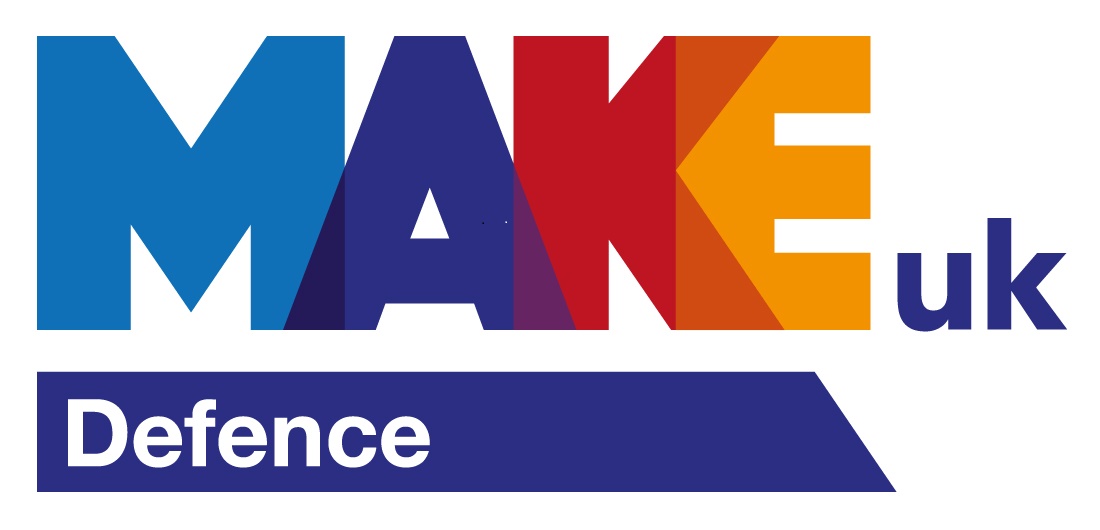In our latest blog, we look at the some of the main political, economic, technological and societal influences that are likely to shape the western defence industry in 2023. From the war in Ukraine, to the emergence of disruptive tech such as artificial intelligence, we look at how the defence industry is evolving and the external factors to consider in your business planning.
Political trends – Ukraine dominates defence discourse
There is one dominant political theme for the defence industry right now: Ukraine. Russia’s illegal invasion of the country has strengthened the resolve of the NATO alliance and seen a number of states commit weapons and equipment that will help Ukrainians defend their homeland.
Most recently, a number of NATO countries have agreed to send advanced western main battle tanks, including the Leopard 2, M1 Abrams, and Challenger 2. Ukraine has already received armoured vehicles, helicopters, air defence systems, ammunition, and other types of military equipment. There is also debate about sending fighter jets to Ukraine.

The UK has agreed to send Challenger 2 tanks to Ukraine. (Photo: Crown Copyright)
The invasion of Ukraine has a number of implications for the defence industry. Firstly, it is a wake up call that a nation’s armed forces need to be properly funded and that equipment has to be modernised or replaced with newer capabilities to meet emerging threats. This has seen defence budgets increase across Europe and more funding committed to areas such as modernisation.
As mentioned above, the conflict has also seen an unprecedented response in terms of weapons and equipment supply to the Ukrainian Armed Forces. The defence industry is playing a key role here, including recapitalising legacy equipment for frontline service, as well as manufacturing new kit that will be pivotal in helping Ukrainians fight its bloody war of survival.
Away from Ukraine, 2023 is a year that we are likely to see further developments in multinational defence programmes where several nations partner to design and manufacture a common platform.
Examples include the next-generation Future Combat Air System (FCAS/SCAF) that is being developed by France, Germany and Spain, as well as a separate FCAS effort being led by the UK and Italy (also known as Tempest). Several European countries are also working together on other capabilities, including a new main battle tank and a medium-altitude long endurance (MALE) drone.
Economic factors – defence sector weathers storm
The global economy has suffered a number of shocks over the past few years, with the COVID-19 pandemic beginning a period of economic turbulence that is still ongoing for many countries. The defence industry, on the whole, has been able to ride out this tumult and hasn’t been impacted as badly as other sectors, such as civil aerospace.
Take for instance COVID; lockdown restrictions did affect areas such as supply chains, programme delivery and meeting project timelines, but the defence industrial base was able to adapt quickly to the new normal. Governments also understood that despite a global pandemic, it was vital that armed forces still had the equipment they needed for the frontline.
In 2023, we are still living through a period of economic crisis, with inflation, energy prices and the general cost of living affecting just about everyone. The defence sector will have to tackle these challenges in 2023, especially as costs increase across the board.
But these can be offset with major contract wins as countries spend more on defence. In 2021, global spending on defence reached an all-time high of $2.1 trillion, according to the Stockholm International Peace Research Institute (SIPRI), and this marked the seventh year in a row for increased spending.
As recent years have shown, the defence industry can be highly resilient in times of crisis and there is little doubt that the sector will remain strong despite an uncertain economic outlook in 2023.
Technology – innovation remains at the heart of defence
Defence has always been synonymous with high technology and innovation, and that will be no different in 2023. Advances in the space, and cyber and electromagnetic activities (CEMA) domains are a clear sign that defence is no longer just about the traditional domains of air, land and sea, and it is instead a hybrid environment.
As well as expanding into new domains, companies in the sector are also forging ahead in advanced areas such as autonomy, artificial intelligence (AI), big data and other disruptive technologies and applications. Governments are trying to keep up with the incredible advances taking place in the commercial world.
AI will be transformative for defence and will underpin a range of cutting-edge capabilities in the future. From analysing vast amounts of data and rapidly transforming it into actionable intelligence, to powering autonomous robots that perform dangerous missions without human input, AI technologies will be able to perform tasks that match or even exceed a person’s cognitive and physical ability.
Many more people are now seeing the power of AI through tools such as ChatGPT and DALL·E 2, the latter being an image generation tool that creates images based on text prompts.

An AI-generated image using the prompt “A battle between an artificial intelligence and human” via DALL·E 2
“These technologies – and the operational tempo they enable – are likely to compress decision times dramatically, tax the limits of human understanding and often require responses at machine speed,” noted the UK Ministry of Defence’s Defence Artificial Intelligence Strategy, which was released in 2022.
The strategy set out how the UK would “adopt and exploit AI at pace and scale” and transform the MoD into an “AI ready” organisation. Its other objectives include strengthening the UK’s defence and security AI ecosystem and shaping global AI developments to promote security, stability and democratic values.
The UK is not the only country to identify that whoever can innovate faster in technological areas such as AI is likely to have an advantage in conflicts of tomorrow. In recent years, the increasing investments that countries such as the US and China have been making into disruptive technologies such as AI has prompted commentators to label this a new “arms race” that no longer involves bombs and bullets.
Of course we mustn’t forget that traditional platforms such as tanks, ships and aircraft will remain a central part of military force structures. Ensuring that forces have enough of these platforms, that there is adequate stocks of ammunition to arm them, and also enough trained personnel to use and maintain them, will be critical in 2023 and beyond.
Societal impact – showing the social value of defence
Defence has always played a significant role in protecting societies, with military equipment produced by industry being used to strengthen national security, as well as contributing towards other critical tasks including humanitarian and disaster response. The economic prosperity that defence creates also can’t be ignored, with thousands of people throughout the supply chain relying on the sector for jobs.
Of course past wars have tarnished the use of military force (and shone a negative light on the defence industry as a whole), but the Ukraine war has also demonstrated that countries need equipment and training to fight and defend their homeland. It has been a wake up call for many and has shown how defence can have a positive contribution to society and its security.
This aligns with the growing prominence of Environmental, Social and Governance (ESG) policies in the defence and aerospace world, with companies keen to promote their ESG values and initiatives. This has seen a number of ESG-focused investment funds open up to defence, which was previously off-limits to these “feel-good” funds.
In the start-up defence space, many VCs are keen to see that military technologies can also be used in civilian applications, which are known as dual-use technologies. Here, again, the need for defence equipment to have a positive social impact is key for investment.
“While VCs may be inclined to go for the low-hanging fruit like cybersecurity, drones and tech-enabled training, what’s becoming increasingly important for the investors dipping their toes in defence is that the startup can have a civilian use case in addition to its military purpose,” noted one article that highlighted tech start ups in defence.
Conclusion
Recent events have shown the importance of the defence industry for many countries, especially when it comes to national security, economic prosperity, and leading technological innovation. The sector represents an exciting opportunity for many companies – whether an SME or prime – and unsurprisingly many businesses are looking to grow further in this sector and increase their market share in 2023 and beyond.
Interested in how our defence experts can help you grow in defence in 2023? Contact us for further information.











